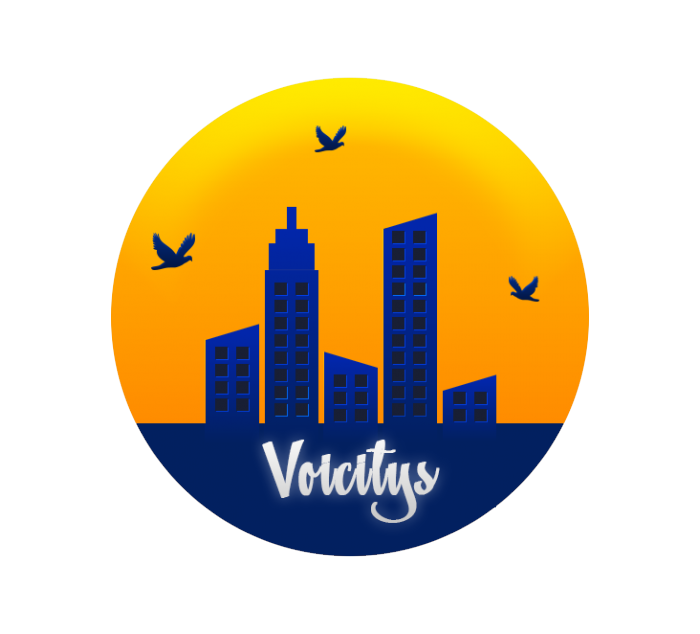VOICITYS studies four diverse European neighbourhoods: Berlin, Budapest, Manchester and Sassari, collecting information on local diversity from citizens and stakeholders.
This will be achieved through intensive community interaction and fieldwork as well as stakeholder interaction targeted at policy recommendations. Diversity has undergone substantial change during the last decades in Europe – a change that has deeply affected urban societies, contributing to the transformation of the use of urban space, the everyday customs and practices of citizens and their relationship to each other.
The four urban neighbourhoods participating in VOICITYS reflect four different socio-economic and political-institutional backgrounds, and are challenged by different migration patterns and ethnic compositions. According to our hypothesis, these different situations reflect different types of experiences, both good and bad, of citizens and stakeholders, and are translated in different needs of policy making. Identifying innovative solutions for governing diversity in order to improve social integration is a particularly urgent challenge in the agenda of most of European cities and European policies.
Through the Community reporting method non-directed bottom-up discussions will be realized with citizens whereas through social science methods, semi-structured interviews will be led with stakeholders and policy makers.
VOICITYS will contribute to the existing research and policy studies state of the art by formulating socio-geographical characteristics of European diversity. Local voices and stakeholders’ opinions will reveal specific local needs related to social integration and through this we will be able to identify and compare the dynamics of diversity. The choice of our four case study neighbourhoods reflect this intention: each city represent a specific geo-political situation within the European context. Conceptually, we will use a typology of diversities that emphasises their changing nature: „old-diversity” (Wessendorf, 2014), “super-diversity” (Vertovec, 2015, Mintchev-Moore, 2016) and „hyper-diversity” (DIVERCITIES, Tasan-Kok, 2014). These describe transformations of urban populations and the governance of their relationship to one another and to institutions. Our four cases of Salford, Sassari, Berlin, and Budapest offer the unique opportunity to analyse the “diversity of diversities” within the EU, and to see how people conceive the degree and kind of 3 diversity they experience in their immediate neighbourhood in four cities with different socio-economic and institutional backgrounds.
